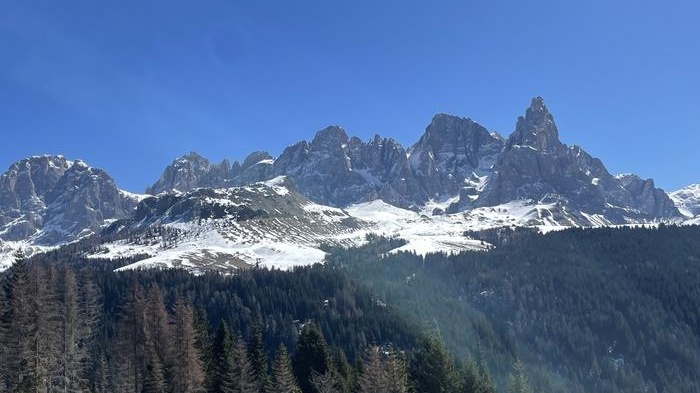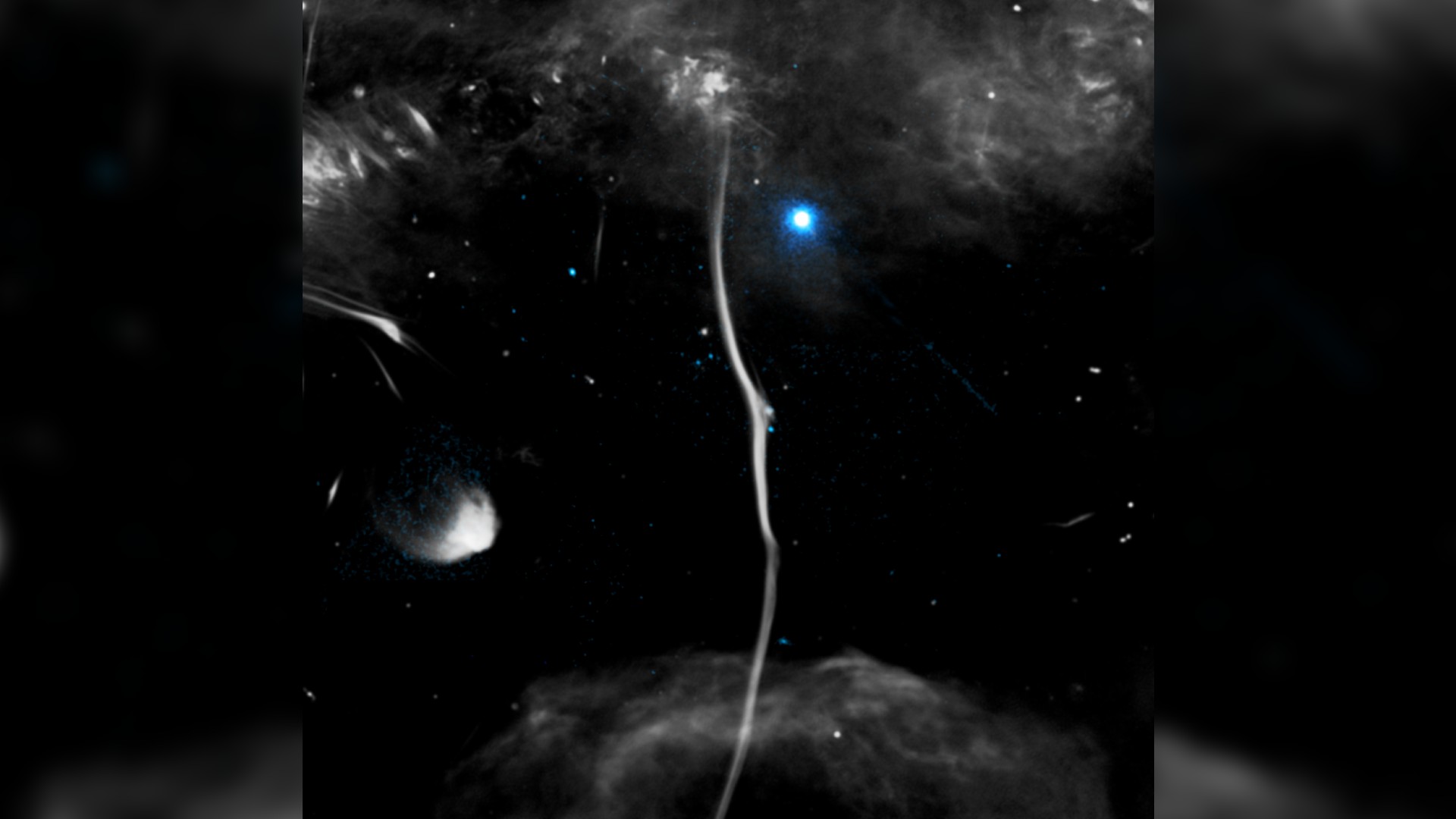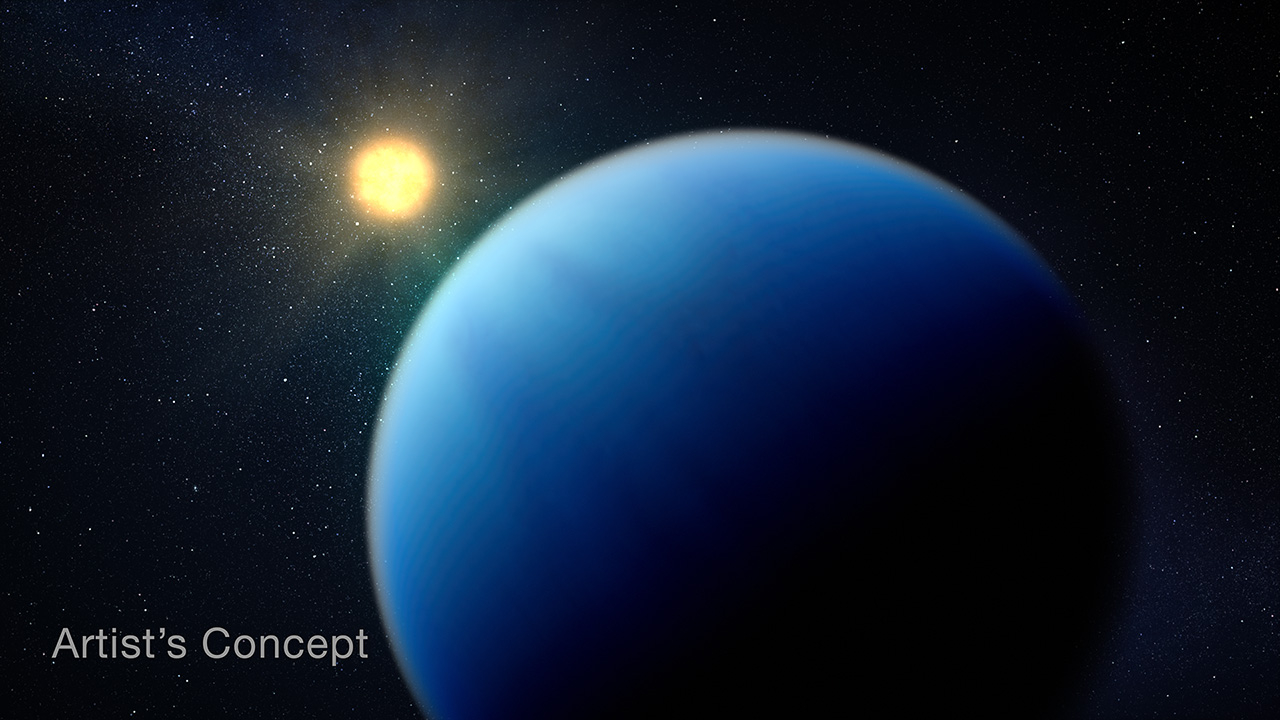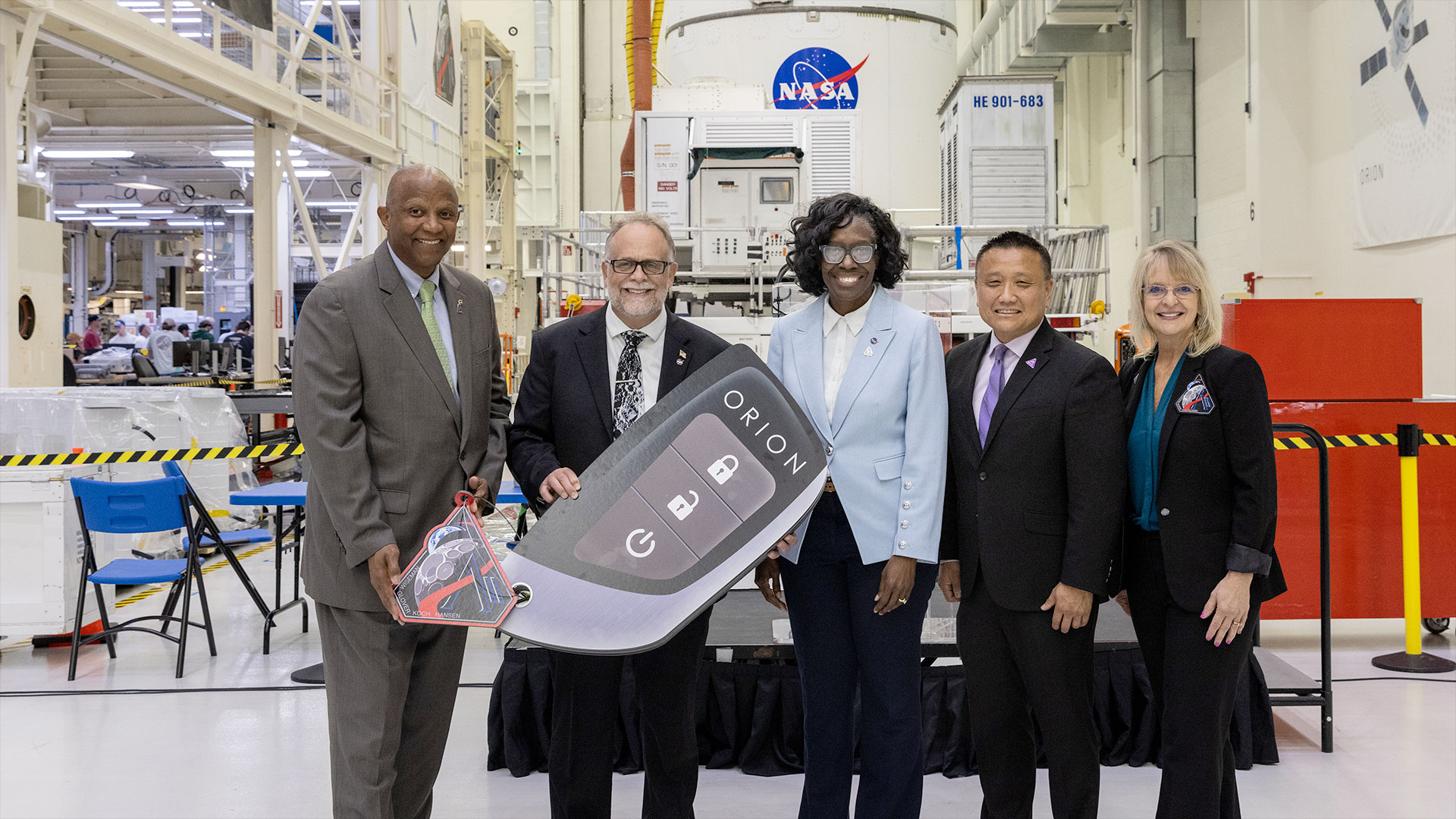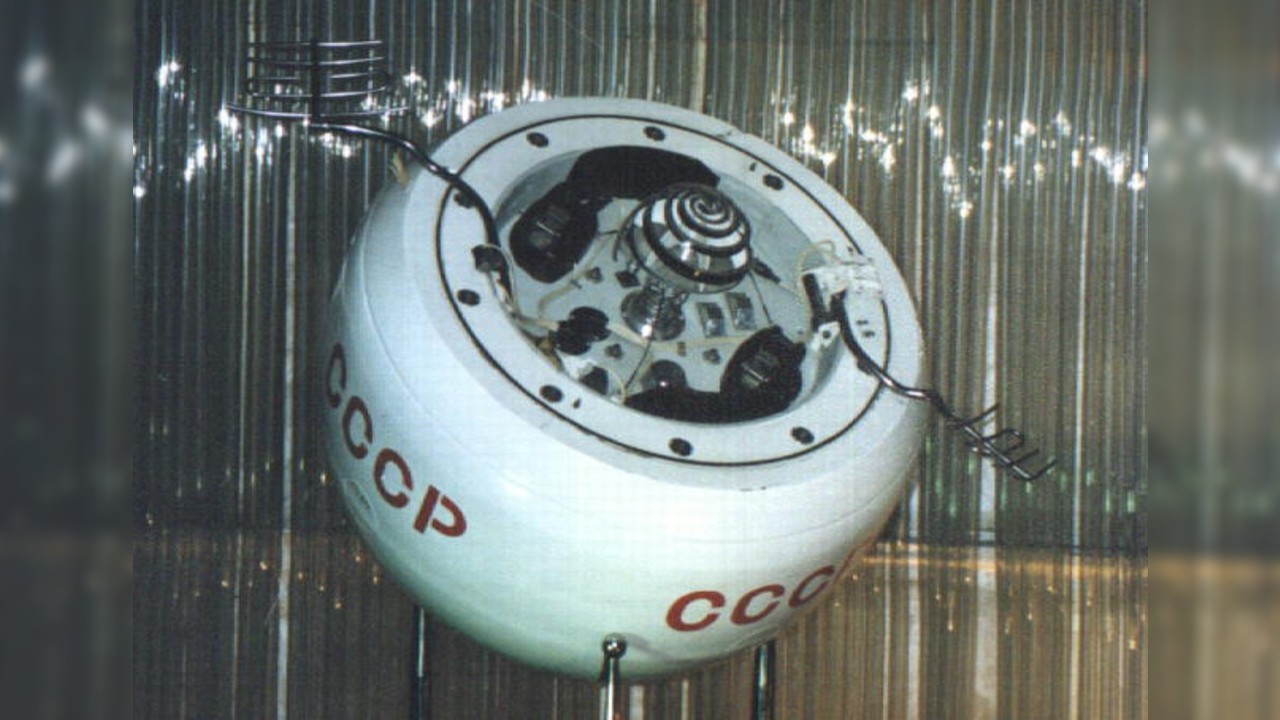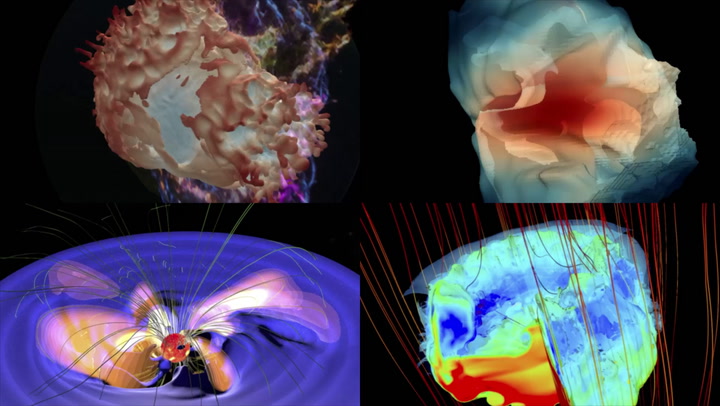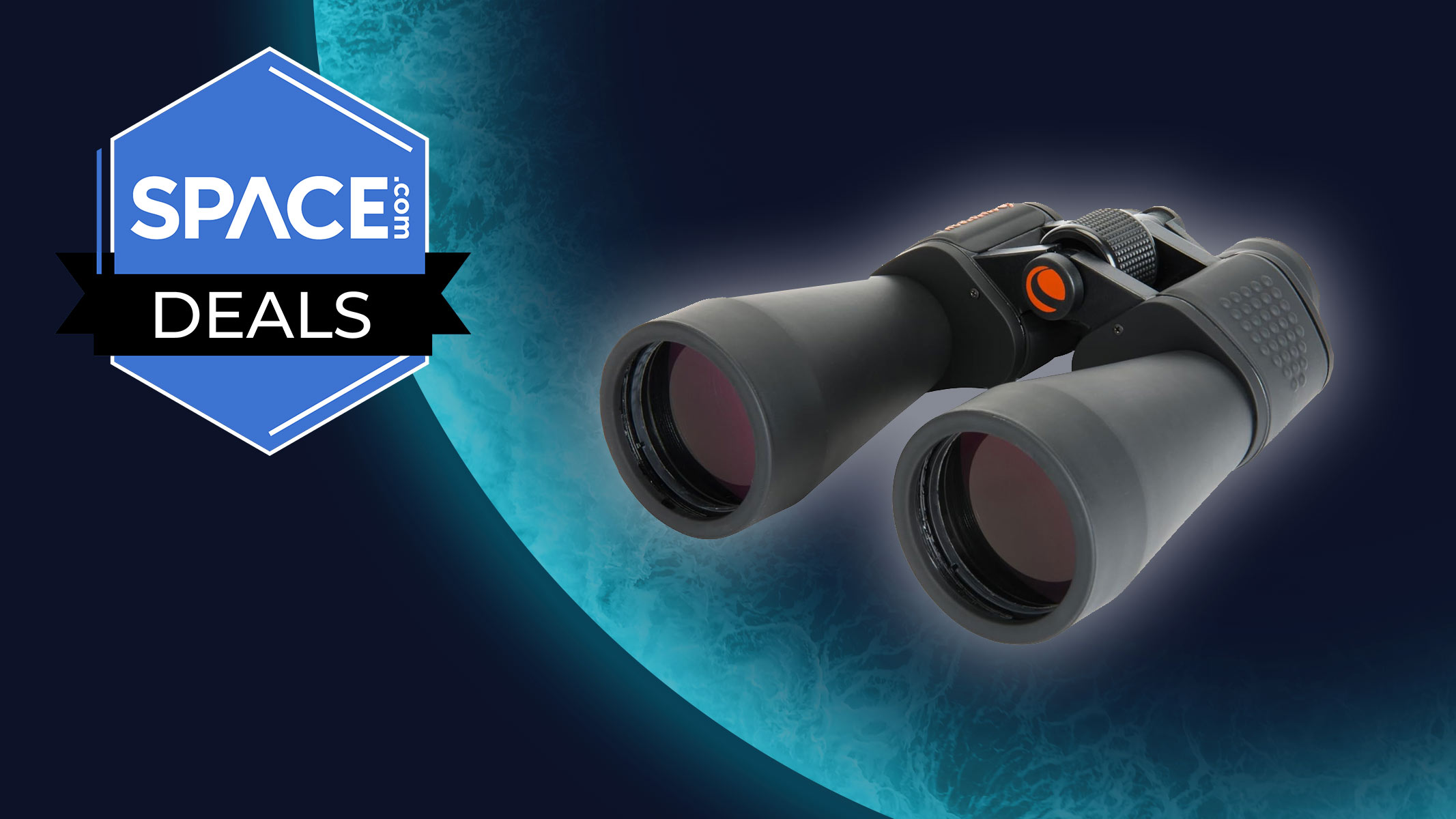Comet NEOWISE is starting to put on a show for skywatchers, and not just those of us restricted to Earth's surface.
NEOWISE rounded the sun on July 3, coming within 27.3 million miles (44 million kilometers) of our star. The comet survived this high-temperature close encounter, and NEOWISE has now put enough distance between itself and the sun to be spotted by naked-eye observers in clear and dark predawn skies — and by astronauts on the International Space Station (ISS).
"If we got to a situation at dawn, right before the sun came up, that comet became visible during that short period of time when it was still close to the sun, but the sun was still hidden by the Earth," NASA astronaut Bob Behnken said during a video interview with The New York Times yesterday (July 7). "It was just an awesome sight to be able to see."
Related: Comet NEOWISE could give skywatchers a dazzling show this month. Here's what to know.
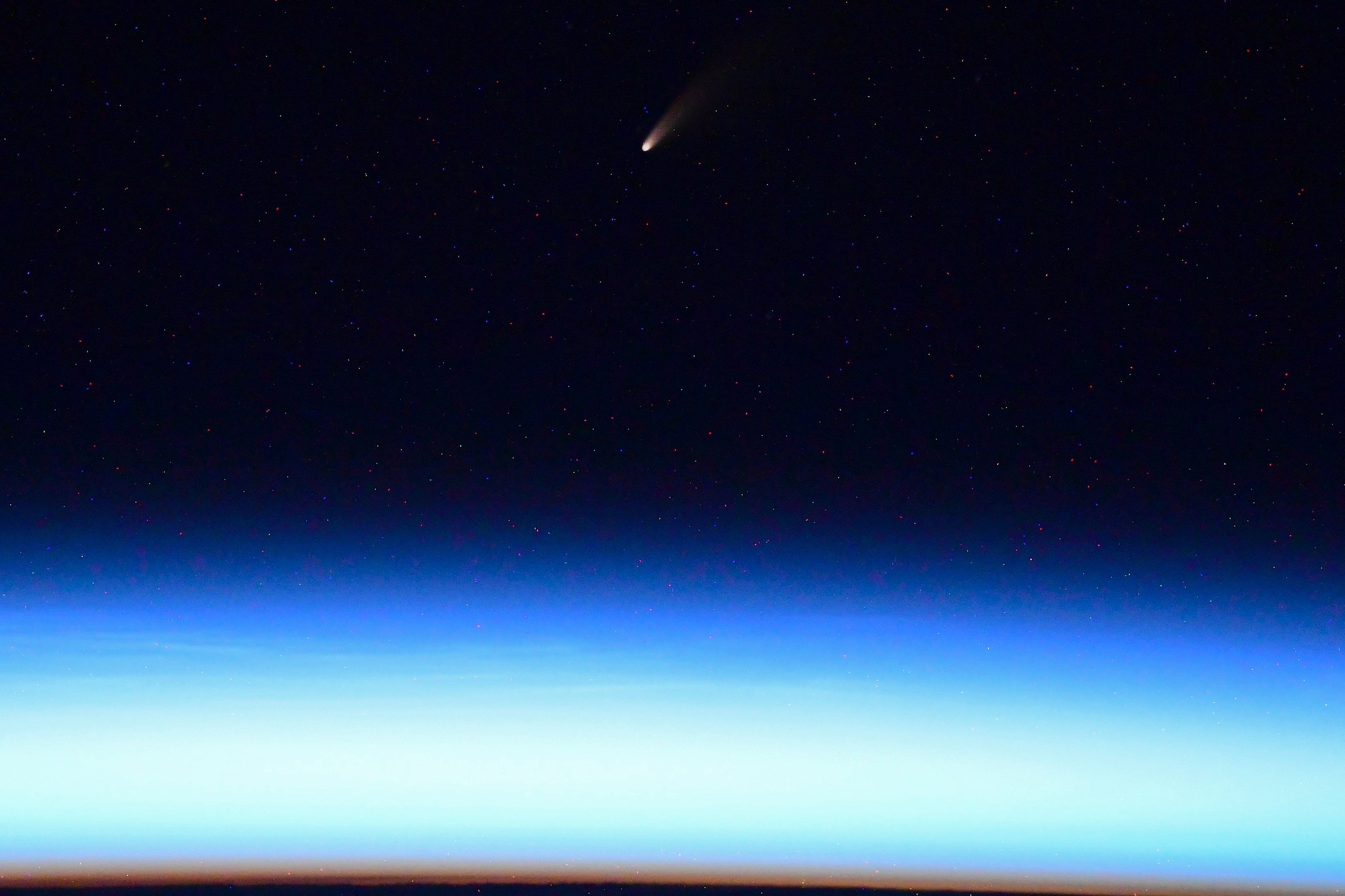
For observers on the ground, NEOWISE will climb higher in the predawn sky over the next few days, reaching about 10 degrees above the northeast horizon around July 11, according to Space.com skywatching columnist Joe Rao. (Your clenched fist held at arm's length covers about 10 degrees of sky.) The comet will then slide lower and lower over the next 10 days, eventually disappearing beneath the predawn horizon, Rao wrote recently.
But evening viewing opportunities will be ramping up as the early-morning ones slip away; NEOWISE will start appearing low in the northwest evening sky around July 12.
"In the evenings to follow, the comet will rapidly climb higher in the sky," Rao wrote. "On July 22, NEOWISE will make its closest approach to the Earth, a distance of 64 million miles (103 million km). By July 25, the comet will appear 30 degrees ('three fists') up from the west-northwest horizon as darkness falls. And on July 30-31st, the comet will be passing just to the north of the fine star cluster of Coma Berenices, or Berenice's Hair."
Get the Space.com Newsletter
Breaking space news, the latest updates on rocket launches, skywatching events and more!
Comet NEOWISE was discovered on March 27 of this year by researchers analyzing imagery captured by NASA's Near-Earth Object Wide-field Infrared Survey Explorer spacecraft (hence the name). The current viewing opportunity represents your only shot to get a look at the long-period comet, which won't be back in our neck of the cosmic woods for thousands of years.
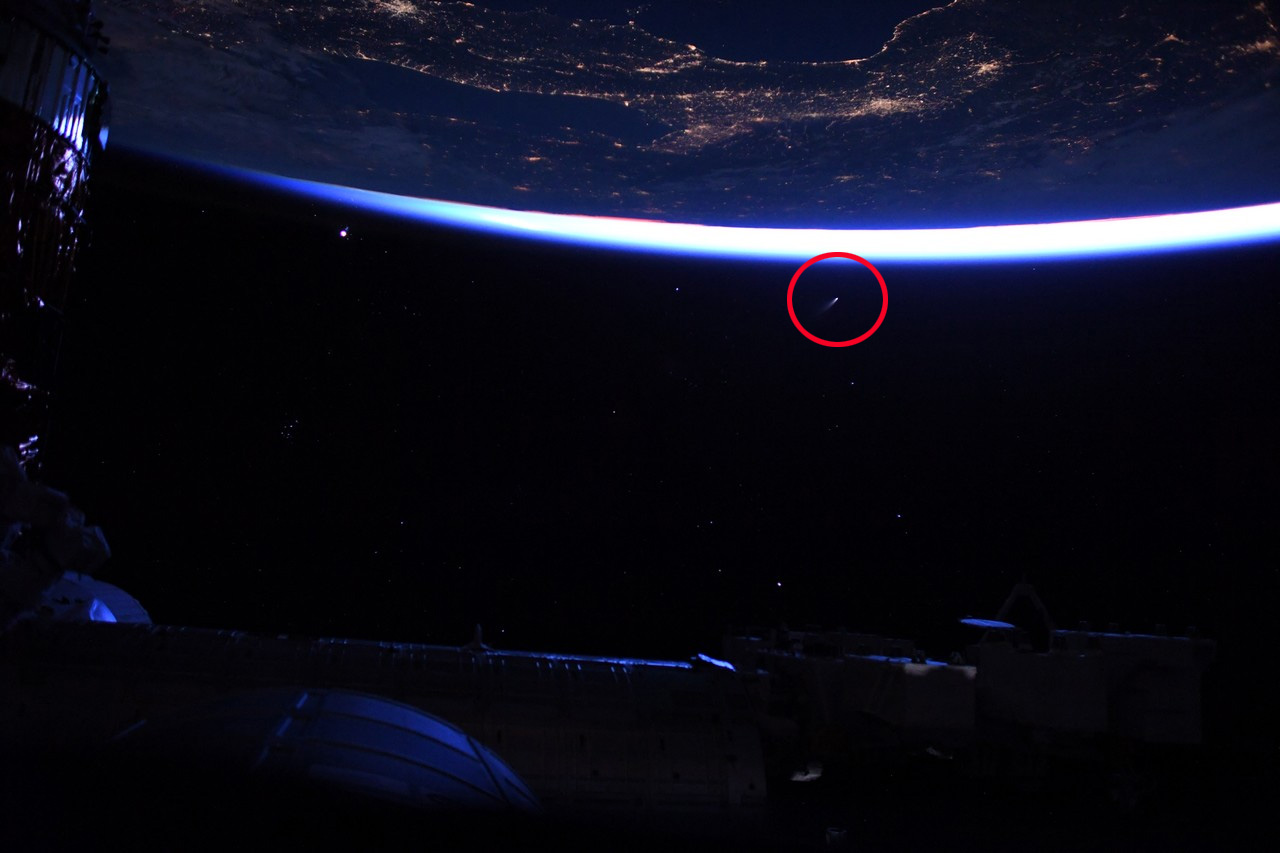
Last night's fireworks, for real. Because Science. #NEOWISE #comet pic.twitter.com/IKcJ1wLFAlJuly 5, 2020
Behnken conducted yesterday's video interview with fellow NASA astronauts Doug Hurley and Chris Cassidy. The trio talked to Fox News and USA Today in addition to The New York Times.
Cassidy commands the ISS' current Expedition 63, which also includes Behnken, Hurley and Russian cosmonauts Anatoly Ivanishin and Ivan Vagner. Behnken and Hurley reached the orbiting lab on May 31 onboard a SpaceX Crew Dragon capsule, which became the first-ever private spacecraft to carry astronauts to Earth orbit.
The Crew Dragon mission, a test flight known as Demo-2, will wrap up sometime in the next month or so; NASA officials have not yet revealed a targeted splashdown date. If all continues to go well with Demo-2, SpaceX will be clear to start launching contracted crewed missions to and from the ISS for NASA. The first of those flights, known as Crew-1, is scheduled to launch on Aug. 30.
Mike Wall is the author of "Out There" (Grand Central Publishing, 2018; illustrated by Karl Tate), a book about the search for alien life. Follow him on Twitter @michaeldwall. Follow us on Twitter @Spacedotcom or Facebook.
Join our Space Forums to keep talking space on the latest missions, night sky and more! And if you have a news tip, correction or comment, let us know at: community@space.com.

Michael Wall is a Senior Space Writer with Space.com and joined the team in 2010. He primarily covers exoplanets, spaceflight and military space, but has been known to dabble in the space art beat. His book about the search for alien life, "Out There," was published on Nov. 13, 2018. Before becoming a science writer, Michael worked as a herpetologist and wildlife biologist. He has a Ph.D. in evolutionary biology from the University of Sydney, Australia, a bachelor's degree from the University of Arizona, and a graduate certificate in science writing from the University of California, Santa Cruz. To find out what his latest project is, you can follow Michael on Twitter.
-
rswapp Why use that dreaded overused "A" word, why not just say it was a Spectacular sight to behold or something much more descriptive?Reply
